Getting your generic prescriptions delivered to your door isn’t just convenient-it’s becoming the new normal. If you’re taking medication every day for high blood pressure, diabetes, or thyroid issues, you know how easy it is to forget a refill. Or worse, you skip it because the pharmacy is closed, the line is long, or you can’t get a ride. That’s where prescription delivery services come in. They’re not just for the elderly or homebound anymore. Millions of Americans are using them because they save time, reduce stress, and help people stick to their treatment plans.
Why Generics Are the Backbone of Home Delivery
Over 90% of all prescriptions filled in the U.S. are for generic drugs. Yet, these same generics make up less than 20% of total spending on medications. Why? Because they’re cheap. A 30-day supply of metformin for diabetes might cost $4 at your local pharmacy-and even less through mail-order services. That low price is great for you, but it’s a problem for delivery companies. Making a profit on a $4 pill isn’t easy when you factor in shipping, staffing, insurance processing, and cold-chain handling for certain drugs.
That’s why delivery services rely on volume. The more prescriptions they move, the more they can afford to offer free or low-cost delivery. Companies like Walmart, CVS, and Amazon have scaled up their delivery networks precisely because generics create a steady, predictable stream of orders. If you’re on a maintenance medication, you’re likely getting it through one of these services without even realizing it.
How It Works: From Doctor to Doorstep
Here’s the simple flow: Your doctor sends your prescription electronically to a pharmacy that offers delivery. You sign up online or through an app, choose your delivery schedule (weekly, monthly, or as needed), and then your meds show up in a plain, unmarked box. No one knows what’s inside. No one asks questions. You don’t need to leave your house.
Most services let you track your order in real time, just like a package from Amazon. Some even send reminders when it’s time for your next refill. A few, like Alto Pharmacy and Capsule, offer virtual check-ins with pharmacists if you have questions about side effects or interactions. And if you’re on multiple medications, some platforms bundle them into a single daily pack-labelled by time of day-to help you stay on track.
Insurance is handled automatically. You pay your usual copay-sometimes even less than at a brick-and-mortar pharmacy-because delivery services often negotiate bulk rates with insurers. If you’re on Medicare Part D, you can still use your plan. In fact, many Part D plans now encourage or even require mail-order for maintenance drugs.
Who’s Delivering Your Meds?
There are two main types of players: the big pharmacy chains and the digital-first startups.
Walmart launched same-day prescription delivery to 49 states in January 2025. That’s huge. If you live near a Walmart, you can order your metformin or lisinopril in the morning and have it at your door by 5 p.m. No subscription needed. Just a valid prescription and a zip code they serve.
CVS and Walgreens offer mail-order delivery, usually with 3-7 day shipping. They’re reliable but slower. Their apps are decent, but they haven’t fully embraced the convenience-first experience. If you’re used to walking in and talking to your pharmacist, you’ll miss that personal touch.
Amazon (PillPack) and Alto Pharmacy are built for speed and simplicity. Their apps are clean, intuitive, and often include features like automatic refill scheduling and medication reminders. Alto even offers same-day delivery in over 30 metro areas. But they’re not everywhere yet. If you’re in rural Washington or rural Ohio, you’re probably stuck with Walmart or your local pharmacy’s mail service.
And then there’s NowRx, which focuses exclusively on same-day delivery in California and parts of Texas. It’s not nationwide, but if you’re in their zone, it’s the fastest option around.
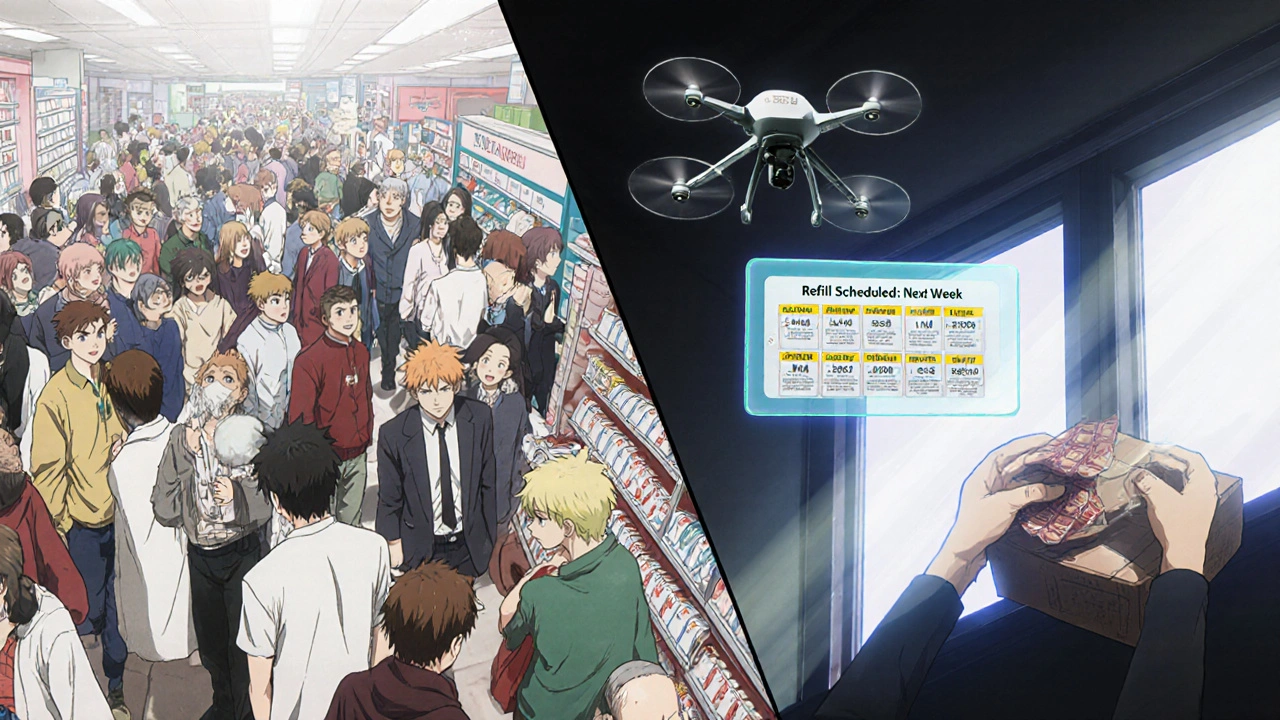
Why Delivery Works Better for Generics Than Brand Drugs
Branded drugs like Ozempic or Wegovy are expensive-sometimes over $1,000 a month. That means even with insurance, you’re paying hundreds. Distributors make decent margins on these, so they’re happy to deliver them. But they’re tricky. They need refrigeration. They can’t sit in a hot truck for hours. That’s why same-day delivery for GLP-1 drugs is still rare.
Generics? They’re stable. They don’t need cold storage. They’re small. They fit in a standard box. They’re perfect for delivery. That’s why 80% of all home-delivered prescriptions are for generics. It’s not just about cost-it’s about logistics. A pill you take once a day is easier to ship than a liquid you have to keep cold.
And here’s the kicker: because generics are so cheap, delivery services can afford to give you free shipping, even on small orders. You won’t find that with brand-name drugs. Those usually require a minimum order or a subscription plan.
Real Problems People Face
It’s not all smooth sailing. Some users report delays when insurance doesn’t approve the refill right away. That’s common with generics because insurers sometimes switch which generic version they cover-every few months. You might get a box of one brand of metformin, then the next month, it’s a different one. Your pharmacist will tell you they’re the same, but if you’ve had side effects with one, you might notice a difference.
Another issue: communication. If your delivery is late, or the package is damaged, some services don’t have great customer service. You might end up calling a call center in another state, waiting on hold, and getting redirected five times. Walmart’s service is usually better because they have local stores you can walk into if something goes wrong. Digital-only services? You’re stuck with chat or email.
And if you’re older or not tech-savvy, signing up for an app can be a hurdle. Many seniors still prefer calling their pharmacy. That’s okay-most delivery services still let you order by phone.
What You Should Do Now
If you’re on regular meds, here’s what to do:
- Ask your doctor if your prescription can be sent to a mail-order pharmacy.
- Check your insurance plan. Many offer discounts for 90-day supplies through mail-order.
- Compare delivery options in your area. Use Walmart first-it’s the most widely available.
- Try a digital service like Alto or Capsule if you want app-based tracking and refill reminders.
- Set up automatic refills. Don’t wait until you’re out.
You don’t need to switch everything at once. Start with one medication. See how it goes. If you like it, add another.
The Bigger Picture
This isn’t just about saving a trip to the pharmacy. It’s about health outcomes. The World Health Organization says nearly half of people with chronic diseases don’t take their meds as prescribed. One of the biggest reasons? Convenience. If you have to drive, wait, pay, and remember-all on top of managing a long-term illness-it’s easy to slip up.
Delivery services fix that. They turn medication adherence from a chore into a passive part of your routine. And with the U.S. population aging fast-over 20% will be 65 or older by 2030-this isn’t a trend. It’s a necessity.
Companies are investing billions because they know this is where healthcare is headed. Same-day delivery, AI-powered refill alerts, integration with telehealth visits-these aren’t future ideas. They’re happening now.
Generics at your door aren’t just cheap. They’re smart. And they’re making a real difference in how people stay healthy.
Are generic prescription delivery services safe?
Yes. All licensed delivery pharmacies are regulated by state boards and the FDA. They must follow the same strict standards as brick-and-mortar pharmacies. Your meds are dispensed by licensed pharmacists, packaged in tamper-proof containers, and shipped in temperature-controlled packaging when needed. Look for pharmacies that are Verified Internet Pharmacy Practice Sites (VIPPS) certified-this means they’ve passed independent safety reviews.
Can I get controlled substances like opioids or ADHD meds delivered?
Yes, but with extra rules. Federal law requires that controlled substances be delivered with a signature upon receipt. Some services require you to be home, others use secure lockboxes. You’ll need to verify your identity each time you order. Not all pharmacies offer this, so check ahead. Walmart and CVS do, but some digital-only services don’t handle controlled substances yet.
Is it cheaper to get generics delivered than to pick them up?
Often, yes. Many insurance plans offer lower copays for 90-day mail-order supplies. For example, a 30-day supply of atorvastatin might cost $10 at the counter, but only $5 for a 90-day delivery. Plus, you save on gas, time, and missed work. Some services even offer free shipping on all orders, no minimum required.
What if I’m not home when the delivery arrives?
Most services let you choose delivery instructions: leave it at the door, give it to a neighbor, or hold it at a local pickup spot. For non-controlled meds, they’ll often leave it in a secure spot. For controlled substances, they’ll require a signature. If you miss a delivery, you’ll get a notice to reschedule or pick it up locally.
Can I use my FSA or HSA to pay for delivery?
Yes. Prescription delivery fees are eligible expenses under most FSA and HSA plans. You can pay with your card directly through the pharmacy’s website or app. Just keep your receipt in case you need to submit documentation.
How long does it take to get my first delivery?
It usually takes 3-7 days for your first order because the pharmacy needs to verify your prescription and insurance. After that, refills are faster-often 1-3 days. Same-day services like Walmart or Alto can deliver within hours if you order before their cutoff time (usually 2 p.m. local time).
Do I need an app to use prescription delivery?
No. You can order by phone, website, or app. Most people prefer apps because they’re easier to track and set up reminders. But if you don’t use smartphones, you can still call your pharmacy directly. Many services have dedicated phone lines for older adults.


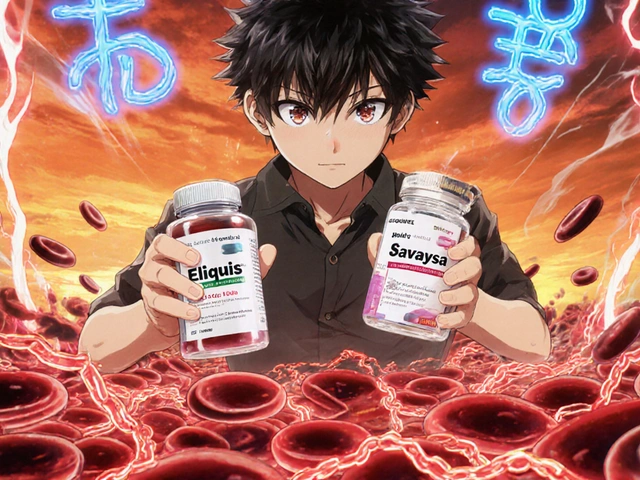
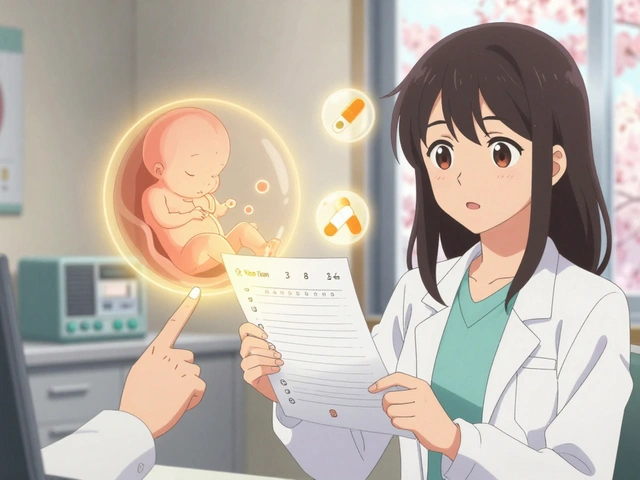

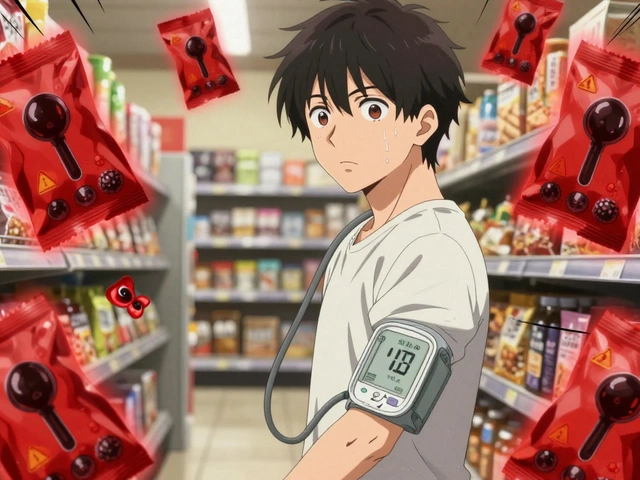

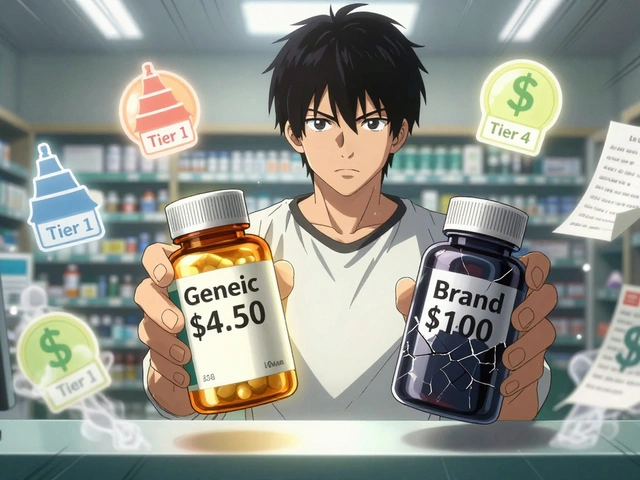

I started using Walmart's delivery for my metformin last year and it changed my life. No more rushing to the pharmacy before closing, no more forgetting refills. I set it to auto-ship every 30 days and boom-meds show up like clockwork. Even my dog knows when the box is coming-he barks at the door now.
Ugh, I tried Alto… and then my meds got stuck in transit for FIVE DAYS… and no one responded to my messages… and then when they finally arrived… it was the WRONG GENERIC… I had to throw the whole box out… I’m NEVER trusting another app again…
As someone who grew up in a rural town where the nearest pharmacy was 45 minutes away, I can’t tell you how much this means. My mom used to skip her blood pressure meds because she couldn’t get a ride. Now? She gets them delivered every month. It’s not just convenience-it’s survival. These services are quietly saving lives, and nobody’s talking about it enough.
While the logistical efficiency of generic prescription delivery is commendable, it is imperative to acknowledge the potential erosion of patient-pharmacist interaction. The personal counseling that occurs during in-person pickups-regarding side effects, dietary interactions, or adherence strategies-is often irreplaceable. Digital reminders cannot replicate the nuanced empathy of a pharmacist who remembers your name and your history.
so i got my lisinopril from walmart and it was in a plain box and i was like… is this even my medicine?? like… what if it was poison?? i almost called 911. then i opened it and it was just… pills. so… yeah. weird. but also… kinda cool?
For those in the UK, similar services exist under the NHS, though they’re not as flashy. The real win here is the reduction in barriers for chronic illness management. It’s not about tech-it’s about dignity. Being able to manage your health without having to fight traffic, crowds, or bureaucracy? That’s healthcare done right.
One might argue that the normalization of pharmaceutical delivery represents a broader societal shift toward the commodification of health. When medication becomes as routine as a Netflix subscription, do we risk depersonalizing the act of healing? Or is this merely the inevitable evolution of care in an age of algorithmic efficiency? The tension between accessibility and humanity remains unresolved.
Important note: Some generics have different fillers or binders-even if the active ingredient is the same. I switched from one metformin brand to another and got terrible bloating. Called my pharmacist, they said ‘it’s the same,’ but I felt it. Now I always check the manufacturer name on the box. If it changes, call your doc. Not all generics are created equal, even if the FDA says they are.
Back in India, my uncle used to walk 8 kilometers to get his insulin-no delivery, no apps, no insurance. Now he’s on a WhatsApp-based service that sends his meds via local courier for 50 rupees. I cried when I saw it. This isn’t just American innovation-it’s global justice. The fact that someone in rural Ohio can get their pills faster than my uncle did in 2010? That’s progress with a heartbeat.